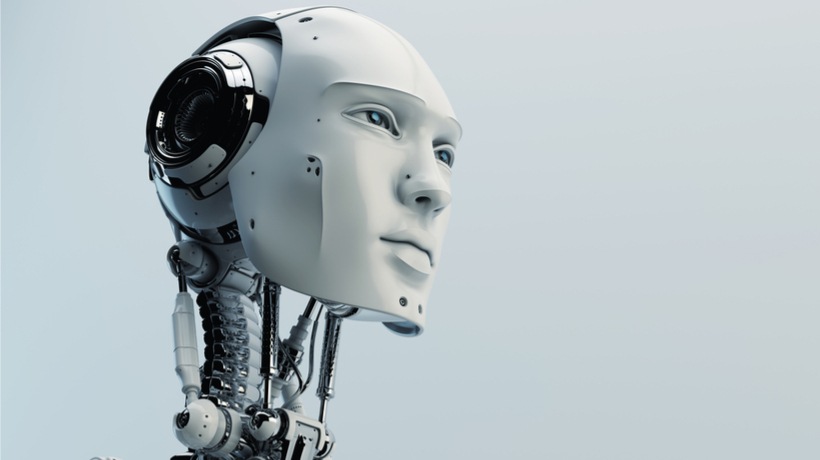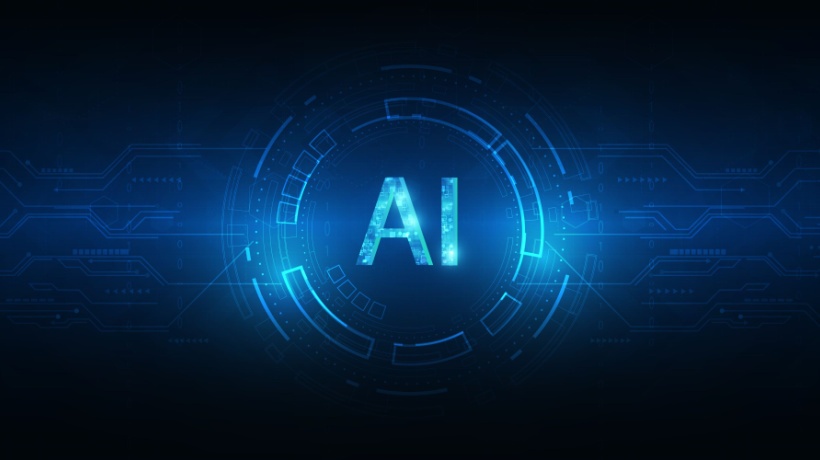Everything You Need To Know About Machine Learning In L&D
Machine Learning (ML) is a subfield of artificial intelligence that involves training algorithms to make predictions or decisions based on patterns in data without being explicitly programmed. Machine Learning has applications in a variety of fields, including Learning and Development. In this primer on Machine Learning, you will explore the fundamental questions every L&D leader needs to be able to answer about it. The first question is: "What is ML, and how does it work?" Here, you will explore the minimum basics of ML and its functions. The second question pertains to L&D: "How can I use ML in Learning and Development?" where you will explore three fundamental use cases of Machine Learning in L&D. Finally, the third question is "What ML limitations do I need to be aware of?" where you will learn about three fundamental limitations. Let's get started!
Why Is Machine Learning Important, And How Does It Work?
The volume and complexity of data generated every minute worldwide are staggering, and humans can't process it fast enough. According to Forbes and Adeptia [1], 2.5 quintillion bytes of data (2.5 followed by 18 zeros) are generated every day globally. This is where Artificial Intelligence comes in. According to McKinsey, Machine Learning is a type of Artificial Intelligence that works using algorithms that are trained on data. These algorithms can scan vast amounts of data, find patterns, and learn on their own about how to provide predictions and recommendations. Machine Learning is important because the machines are teaching themselves by processing data and experiences, as opposed to doing so after receiving specific programming instructions, and can process an inordinate amount of data in seconds, which is much faster than our human capacity. These algorithms are adaptive and can respond to new data and experiences, which they use to improve their expertise over time. Three key processes that ML uses to do its work include:
- Data preprocessing and feature engineering. Data preprocessing and feature engineering are essential steps in Machine Learning that involve cleaning and transforming raw data into a format suitable for analysis. They can significantly impact the performance of a Machine Learning model.
- Model selection and evaluation. Model selection and evaluation are critical components of the machine learning process, as they help identify the best model for a given problem and assess its performance.
- Regularization techniques. Regularization techniques are used to prevent over-fitting and improve the generalization performance of Machine Learning models. They involve adding a penalty term to the objective function in order to limit the complexity of the model and continuously improve analysis results.
How Can I Use ML In Learning And Development?
Given the power of ML, you can use it in several elements during the design, development, delivery, and curation of learning assets for the workforce. Below are three basic avenues you and your L&D team can consider as starting points for your ML learning journey.
Skill Assessment
Skill assessments can be powerful tools because they can help the learner self-assess their skillset and provide the organization with insights about the workforce's skillset, and how that aligns with business performance goals. Machine Learning can be used to assess and predict learners' skills. It can be useful for guiding Learning and Development activities, as well as curating new content and learning pathways to encourage learners to embrace their lifelong learning journey.
Personalized Learning
Personalized learning is curated uniquely to meet the particular needs and interests of the learner. Machine Learning can be used to personalize learning experiences by adapting content and delivery to meet the needs of individual learners. The ML algorithms can collect and analyze data based on the learner's formative assessment results throughout the learning course, and the cumulative assessment at the end of the course, and curate personalized learning on the spot or in the form of learning pathways.
Learning Analytics
Learning analytics is a key trend that will continue to mature in 2023 and beyond. Building a credible, reliable, and transparent L&D analytics capability can provide many advantages to both your L&D team and your organization as a whole. Reaping the benefits of learning analytics means that you will be able to define learner-centric KPIs, curate learner-centric learning, optimize L&D resource allocation, influence a data-driven culture, and, ultimately, impact business performance results. Learning analytics can be boosted by Machine Learning. Machine Learning can scan immense amounts of data garnered through API, assessments, surveys, and other data collection methods you may be using to detect patterns across learner behaviors, needs, and wants. Also, it provides insights on learning asset credibility, likability, and value to the learners, among other key learning asset KPIs [2].
What Are The Fundamental ML Limitations I Need To Be Aware Of?
As digital technologies, including ML, are evolving at an exponential speed and scale, you will need to consider several critical limitations related to their use, mainly relating to ethics and conscious and unconscious biases.
Ethics And Biases
As an L&D leader, you must discuss cognitive biases and ethics crisply and clearly, and clarify how your organization will handle a situation where ML ethics goes wrong. Outsmarting cognitive biases can reveal significant blind spots and help you, your team, and your organization make better decisions. As Reid Blackman states in his HBR article [3] "How to Avoid the Ethical Nightmares of Emerging Technology," to prepare, you must understand the technologies and be aligned with the ethical risks. For this, you must perform a gap and feasibility analysis of ML uses, build a strategy, and then first roll it out in pilot, iterate, and launch it across the organization.
Conclusion
Machine Learning is a form of AI that, if harnessed and leveraged well, given possible ethical and bias limitations, can be quite powerful in broadening and deepening the impact of Learning and Development programs in the workforce learning journeys. As a Learning and Development leader, you have a responsibility to understand ML and be able to answer three critical, yet essential, questions about ML: why is it important, how can you leverage it in Learning and Development, and what do you need to be aware of before deploying it. You will then need to share it and engage your team to broaden your organizational responses to these three questions and add more to ensure you are leveraging this and other exponentially evolving technology, in order to improve workforce learning outcomes and organizational business performance results.
References:
[1] Infographic: How Much Data Is Produced Every Day?
[2]4 Must-Have KPIs For eLearning Products
[3] How to Avoid the Ethical Nightmares of Emerging Technology









